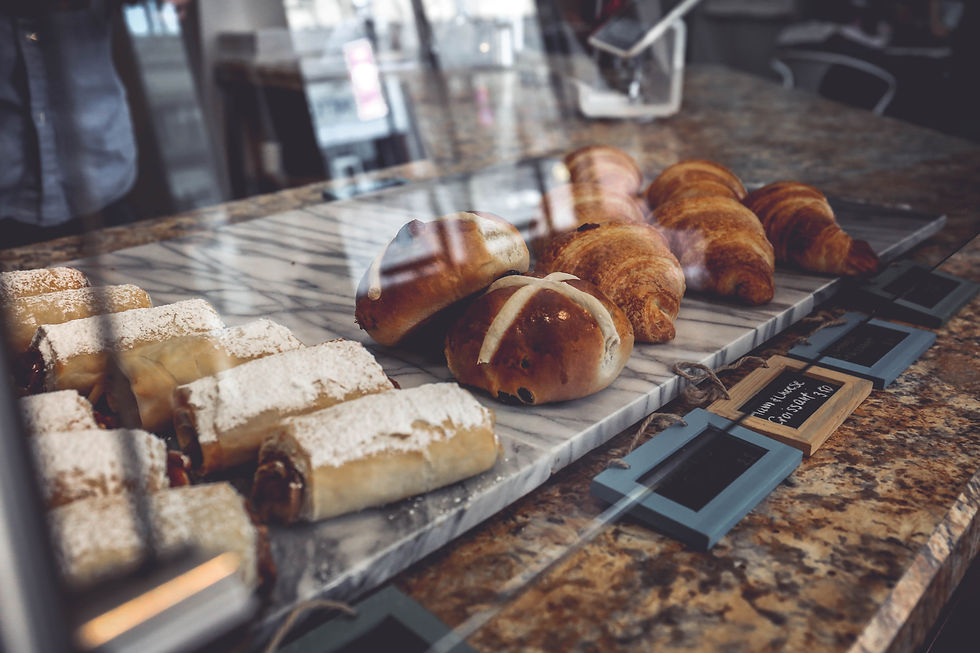Fueling Tips for your Next Race
Races like Unbound have been described as an eating contest in which the participants also ride bikes. It’s not totally untrue… a look at the science of fueling.
Not to sound old, but when I started racing, it was considered a badge of honor to not have to eat much while training and racing. It was as if to say “I didn’t have to work that hard”, but the science of training and performance has fortunately laid that mentality to rest, even in the hyper-traditional European peloton. Research shows that high-carbohydrate (CHO) intake on the bike not only significantly boosts performance in races, but also aids considerably in day to day recovery, allowing athletes to maintain higher acute and chronic workloads to achieve greater levels of performance.

Initially, sports scientists recommended up to 60g/CHO/hour which, compared to where performance nutrition had been, seemed like a lot. Current research suggests CHO intake could be as high as 100/120g/CHO/hr, a level once unthinkable, but the data speaks for itself: High CHO intake allows athletes to perform at a higher level for longer. However, just because elite level athletes are reaching 100/120g of CHO per hour does not mean that you can just start downing gel after gel and expect the same results as Tour winners. In order to reap the benefits and avoid an upset stomach during your big events, you must train your gut to be able to digest and absorb those carbs.
How do you train to be able to absorb and utilize so many carbohydrates?
1. Progressively increase your CHO intake during training. Start with a reasonable level and work your way up. The vast majority of endurance athletes underfuel, so if you’re not used to taking in a lot of carbs, aim to start with 50 to 60g per hour and increase that load by 5 to 10g per week until you are able to handle 80g+ per hour. Remember, your individual ability to absorb carbs is dependent upon many factors, so just because Mattieu Van der Poel can take in 120g/hour, doesn’t mean you will have hit the same amount to see big performance gains.
2. Practice high CHO intake during intense training. Just like with “normal” training, pay attention to frequency and specificity when you’re training your gut to absorb more carbs. Practice fueling with higher carb loads during training that mimics your goal events, particularly in high intensity and long training sessions. It’s one thing to digest a lot of carbs per hour over a 2-3 hour easy ride, but it’s quite another when you’re riding close to your limit over a 5 to 6 hour race.

Select 1 or 2 training sessions per week that simulate your goal race demands and practice getting in higher amounts of carbs during those training sessions.
3. Eat early, eat often. It may feel strange to start fueling only 20 minutes into a ride, but in order to keep up with the fuel demands at high intensities over extended periods, you’ll need to eat early in the ride and space out your fueling so that you never overload your system. A good rule of thumb is to sip drink mix or small amounts of other fuel (ie. a gel) every 20 to 25 mins. By doing this, you’ll not only be able to process more, but you’ll keep your hydration and glucose levels more stable and avoid big peaks and deep valleys in performance levels throughout your race and training.
4. Dial in the form of carbohydrates. For intense riding, liquids and gels will be by far easiest to digest and provide the fastest source of energy. However, not all drink mixes and gels are the same. Search for gels and mixes that have a combination of maltodextrin and fructose as these sugars are absorbed independently of each other by different mechanisms in the body, so you’ll be able to absorb and process more and at a faster rate. Test different brands and products in different concentrations and combinations (ie. gel to liquid to solid ratios) to find what works best for you. Companies like FLOW FORMULAS work with different flavors, levels of sweetness and provide clear instructions on how to properly use their products in a variety of training and racing circumstances.

5. Stay Hydrated. This is particularly important when it gets hot as dehydration is not only bad in and of itself, but also makes it harder to digest foods. You may find that you need to take in less concentrated drink mixes in the heat, or alternatively, have a bottle of plain water to help you wash down gels and higher concentrations of CHO and electrolyte drink mixes.
Just like with CHO intake, it’s best to take frequent sips of liquid to keep hydration levels stable and perform at your best throughout your workouts and races.

Comments